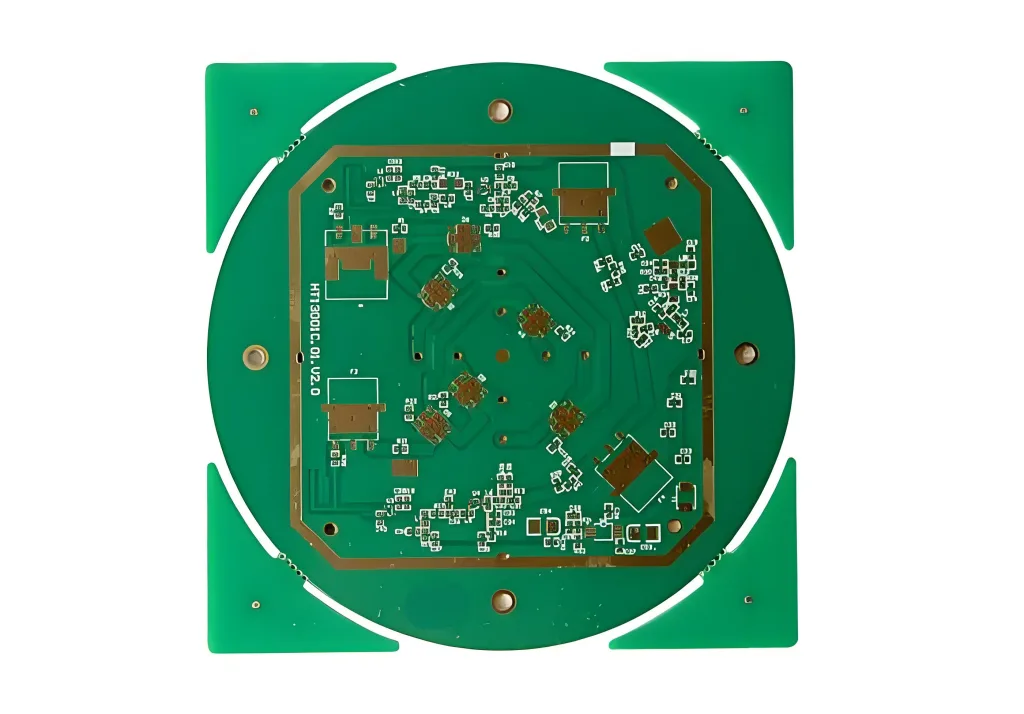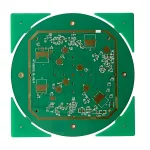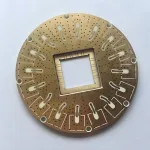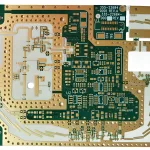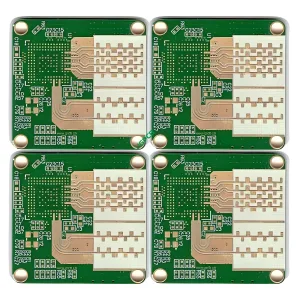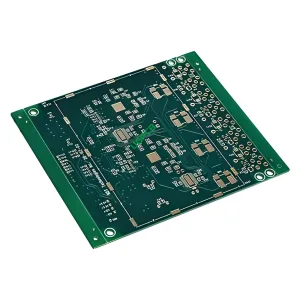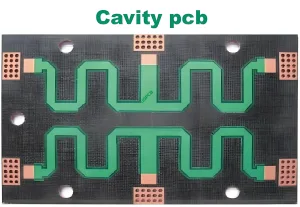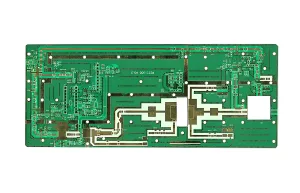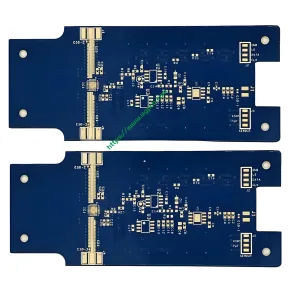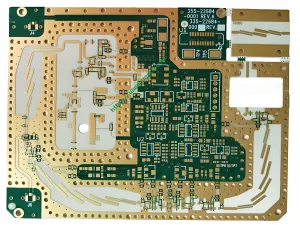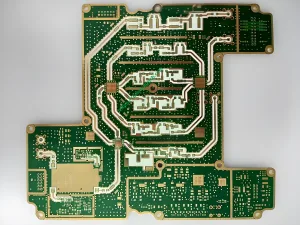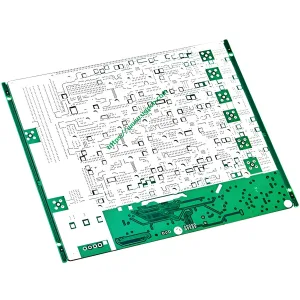Rogers Rt / Materiale PCB RO6002 Duroid
Rogers Rt / Il materiale a microonde Duroid RO6002 PCB è una sorta di laminato costante dielettrico basso, che può soddisfare i rigorosi requisiti di affidabilità meccanica e stabilità elettrica nella progettazione di strutture a microonde complesse.
La dipendenza da temperatura della costante dielettrica è stata misurata da – 55oc a + 150oc. I risultati mostrano che la costante dielettrica del materiale ha un'eccellente resistenza al cambiamento di temperatura, e può soddisfare i requisiti del filtro, I progettisti di oscillatore e linea di ritardo per prestazioni elettriche stabili nel design.
Rogers RO6002 PCB Principali vantaggi
1. La bassa perdita garantisce prestazioni eccellenti ad alte frequenze
2. Permittività rigorosamente controllata e tolleranza allo spessore
3. Eccellenti proprietà elettriche e meccaniche
4. Tasso molto basso di variazione della costante dielettrica con la temperatura
5. Coefficiente di espansione di superficie equivalente al foglio di rame
6. Espansione dell'asse z basso
7. Basso tasso di scarico, Materiale ideale per applicazioni aeronautiche
Applicazione PCB: Antenna di array di fase,Sistemi radar a terra e dispersa nell'aria, Sistema di posizionamento globale, Power Backplane,Circuito multistrato complesso ad alta affidabilità, Sistema di collisione dell'aviazione commerciale,Rete di formazione beam
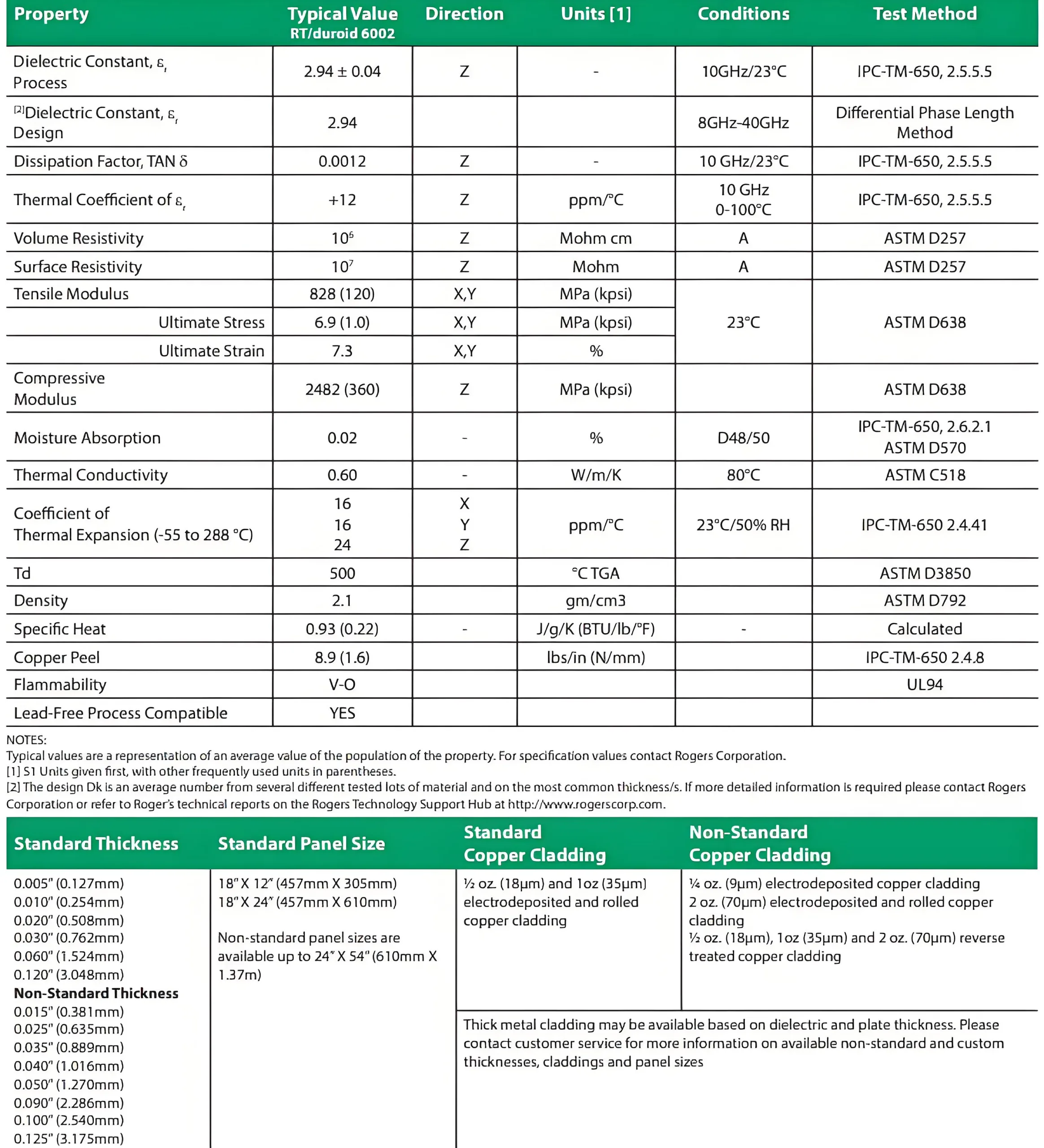
Tabella dei parametri del substrato Rogers RO6002 PCB
Per ulteriori informazioni tecniche sul materiale Rogers RO6002, Si prega di visitare: Rogers RO6002 Specifiche tecniche
Serie RT / Duroid6000, Serie R3000 e serie RO3200 Series ™ di materiali per la scheda PCB ad alta frequenza sono politetrafluoroetilene (Ptfe) Materiali compositi, che contengono particelle di riempimento in ceramica con un numero integrale più grande (>50%). Le alte proprietà di riempimento di RT / Duroide 6002, Serie R3000 e materiali per la scheda PCB della serie RO3200 fanno loro avere un coefficiente di espansione termica dell'asse z basso (Cte), Eccellente elettroplazione attraverso l'affidabilità dei fori, e il CTE piatto corrisponde da vicino al rame per ottenere una stabilità di buone dimensioni. I riempitivi in RT / Duroide 6006 E 6010 avere costanti dielettriche elevate e ridurre le dimensioni del circuito.
L'elevata capacità di riempimento del materiale è anche soggetta alla porosità di circa 5% volume. Il micropore nel composito sembra esistere nell'interfaccia tra il riempitivo e il PTFE, Anche se non può essere rilevato nella sezione trasversale mediante scansione microscopia elettronica. A causa delle basse prestazioni della superficie di PTFE e del riempitivo in ceramica elaborato, I micropori non provocheranno un elevato assorbimento d'acqua. Tuttavia, I liquidi a bassa tensione superficiale come solventi organici e soluzioni acquose contenenti tensioattivi possono penetrare nei micropori.
Perché i riempitivi PTFE e in ceramica sono chimicamente inerti alla maggior parte dei prodotti chimici di elaborazione, L'assorbimento liquido riempie solo i micropori e non altera le proprietà fisiche di questi materiali della scheda PCB. Tuttavia, Prima che le piastre vengano elaborate ad alte temperature (per esempio., laminazione, Saldatura SN/PB Reflow, ecc.), I volatili che penetrano nei materiali compositi devono essere rimossi. Risciacquare accuratamente immediatamente dopo il contatto con le sostanze chimiche di elaborazione per garantire che nessuna sostanza solubile non volatile venga lasciata alle spalle quando si cotta le parti.
Rimozione volatile
La mancata rimozione dei volatili prima dei processi ad alta temperatura come laminazione o saldatura di riflusso può provocare schiuma dielettrica o delaminazione. È stato scoperto che i seguenti trattamenti di cottura eliminano i problemi associati a volatili durante i processi ad alta temperatura.
Guida di base per la cottura
1. Prima della laminazione.
Prima della laminazione, Il laminato interno da laminare deve essere cotto per almeno mezz'ora di vuoto o a 300 gradi F di azoto. Se le piastre vengono premute insieme in uno sterilizzatore ad alta pressione, Il processo di cottura può precedere il processo di pressione.
2. Prima del deposito chimico di rame.
Cuocere almeno i piatti 1 ora nel vuoto o a 300 Gradi F di azoto prima della precipitazione chimica del rame. Questa è la chiave per cuocere perché una volta che i bordi e le proprietà meccaniche delle piastre multistrato sono coperte dalla placcatura di rame elettrolitico, L'etere di glicole etilenico assorbito da incisivi di sodio disponibili in commercio o alcol dal lavaggio è difficile da rimuovere.
3. Prima di rifare la saldatura.
Prima del legame reflusso o del livellamento dell'aria calda (Sanguinare), Il tabellone è almeno cotto 2 ore nel vuoto o in azoto a 300 gradi f. Dopo la cottura, Il tempo di permanenza dopo l'applicazione del flusso non è più di 30 secondi. Se è richiesto la rielaborazione, Il trattamento di cottura sopra deve essere ripetuto.
Quando si cottura fogli in una borsa di purificazione dell'azoto, Il flusso d'aria di azoto dalla borsa è necessario per garantire che i volatili nella borsa. Allo stesso modo, È necessario prestare attenzione durante l'utilizzo di sacchetti a vuoto per garantire che la conduttura del vuoto non sia bloccata dal materiale della borsa. Se i volatili rimangono nella borsa, si condensano sul tabellone quando si raffredda. Ciò riduce significativamente l'efficacia della cottura. Se il forno non è preriscaldato, Il tempo di cottura consigliato deve essere usato per portare il forno a una temperatura.
Inquinamento dielettrico
La mancata eliminazione di questi materiali della scheda PCB sufficientemente dopo il contatto con le sostanze chimiche di elaborazione può talvolta portare a contaminazione dielettrica o aumentare la perdita dielettrica. Questi problemi possono essere prevenuti minimizzando l'esposizione a solventi a bassa superficie-superficie contenenti componenti non volatili e utilizzando un processo di lavaggio ragionevole. Per esempio, non è consentito immergere il piatto nell'incisione più a lungo del tempo di attacco richiesto. Inoltre, La piastra deve essere arrossata immediatamente dopo l'attacco.
Linee guida di base per prevenire l'inquinamento dielettrico

Guida di base per la cottura
1. Ridurre al minimo l'esposizione a solventi a bassa energia superficiale contenenti componenti non volatili.
2. Scaricare e sciacquare regolarmente per prevenire residui non volatili.
3. Se la superficie dielettrica è a contatto con una soluzione solubile in acqua con bassa energia superficiale o una soluzione organica solubile in acqua contenente sostanze non volatili, Il piatto dovrebbe essere immerso in 70 F acqua distillata calda per 15 minuti immediatamente.
4. Se la superficie dielettrica è in contatto con solventi insolubili con acqua contenente sostanze non volatili, La piastra dovrebbe essere immersa in solventi organici solubili in acqua (per esempio. metanolo, etanolo o isopropanolo) per 15 minuti immediatamente, e poi in acqua distillata calda per 15 minuti
 LOGO UGPCB
LOGO UGPCB

